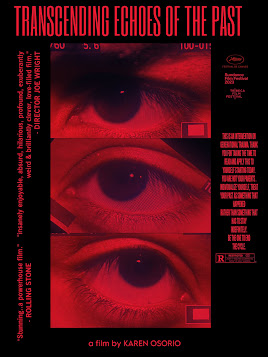Erik Narvaez
Mental Health
Mental health is an important part of overall well-being. It encompasses emotional, psychological and social well-being and affects how people think, feel and act. Mental health problems such as depression, anxiety and stress can have a significant impact on a person's life and interfere with their ability to perform daily activities. That's why it's important to find ways to eliminate them and promote positive mental health. In this essay, we discuss the importance of finding a way out of mental health problems with relevant quotes. First, mental health problems can have serious consequences if left untreated. According to the World Health Organization (WHO), mental health disorders account for approximately 14 percent of the global burden of disease. In addition, people with mental health problems have a higher risk of developing chronic physical diseases such as diabetes and heart disease. In addition, the costs of untreated mental illness are high, with annual costs estimated to exceed $200 billion in the United States alone (Insel, 2008). Therefore, it is very important to seek treatment for mental health problems and find ways to get rid of them. Second, overcoming mental health problems can significantly improve an individual's quality of life. For example, research shows that depressed patients who receive treatment have a greater chance of significant improvement in symptoms (NIMH, 2018). In addition, people who exercise regularly, eat a healthy diet, and practice mindfulness techniques show less anxiety and stress (Katz et al., 2017). Therefore, finding ways to deal with mental health problems can help people live happier and healthier lives. Third, seeking help for mental health problems can reduce the stigma associated with mental health problems. Unfortunately, there is still a significant stigma associated with mental health problems that can prevent people from seeking help. However, by talking about mental health and seeking help, people can reduce the stigma associated with mental health problems (Corrigan et al., 2015). Therefore, overcoming mental health problems can benefit not only the individual, but also society as a whole. In conclusion, mental health is an integral part of overall well-being and finding ways to address mental health issues is crucial. It is important to seek help for mental health problems because they can have serious consequences if they are not treated. In addition, overcoming mental health problems can significantly improve an individual's quality of life and reduce the stigma associated with mental health problems. Therefore, we should promote positive mental health and encourage people to seek help when needed.
Knowing all of this I conducted a survey having different people answer question about their mental health and how they procced to go about this mental health problems. This also form a part to acknowledge the fact that people have mental health problems and the different ways that they can cope with it or try to understand why those feelings come and go through there lives.
If anyone else is interested in having a check up for themself here's the link to the mini survey;
https://forms.gle/JuqrXDLefxHoEshv6











